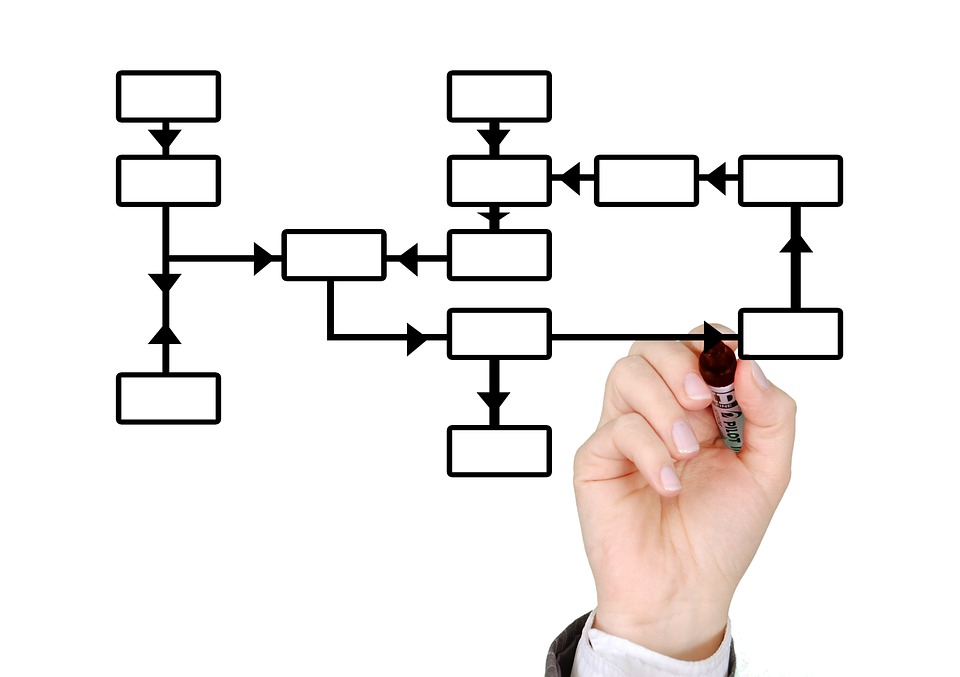Customer relationship management systems are a great organizational tool for your business. It’s important that they are carried out the right way in order for them to reach optimum effectiveness. To carry the CRM system so that it works for everyone, it’s important to first construct an architecture plan.
Before you implement your CRM system, create a hierarchy or architecture plan. Lay it all out in several organized charts. This will help you determine how the system can best work for you. You’ll need to identify key contributors, departments, users, current technology, business processes, and internal work flows. Who will your CRM Champions be and what department do they represent? How many staff members are in each department? Identify the current technology being used and compare it to what will be implemented with the CRM. What software will you still be using and what will be eliminated? This is especially important because you’ll likely need to migrate data from one system to another.
One of the goals of a customer relationship management system is to make communication with customers simpler and therefore drive sales growth. The key to making that happen is to understand how data is stored now versus what an ideal enterprise level database looks like for the business. An architecture plan will help you determine that. The architecture plan should also provide a 360 view of all the clients. What works best for your business should also take your clients into consideration.
It’s important to review your architecture plan or make several drafts. Work with your key decision-makers to review it and identify any gaps. The timing of each phase of implementation of the CRM is crucial, which is why organization is necessary. An effective architecture plan will help you determine how your business is structured before implementing the CRM system to make your business run smoother. Once you have an architecture plan, you can start building your CRM.
